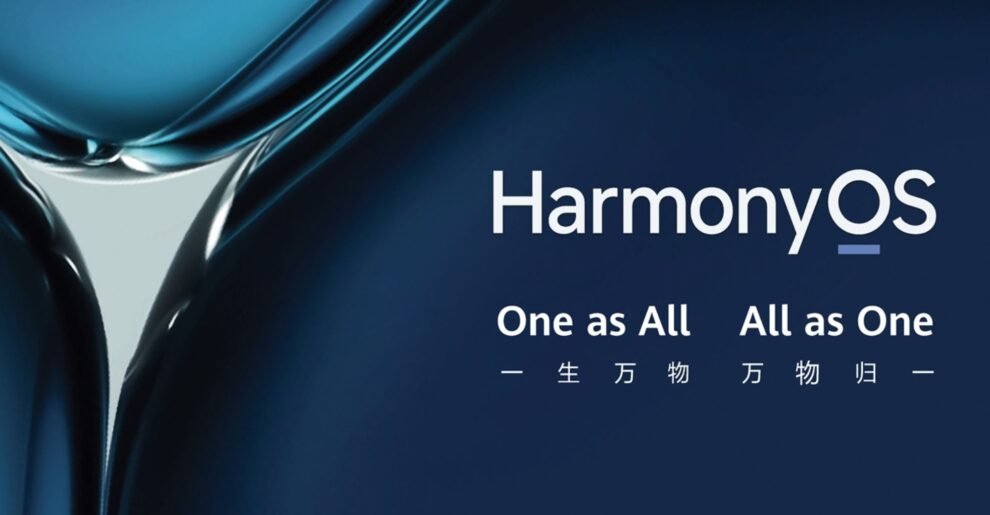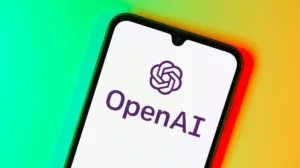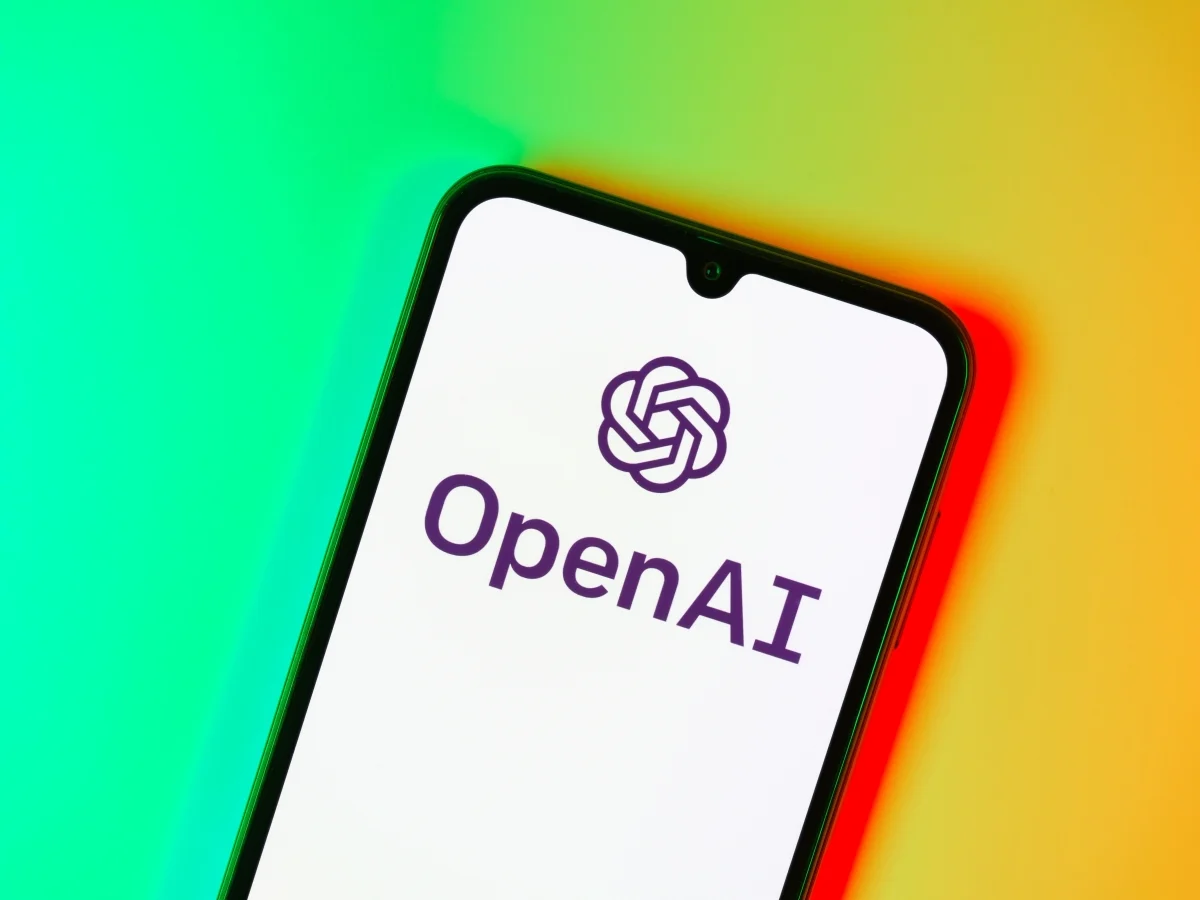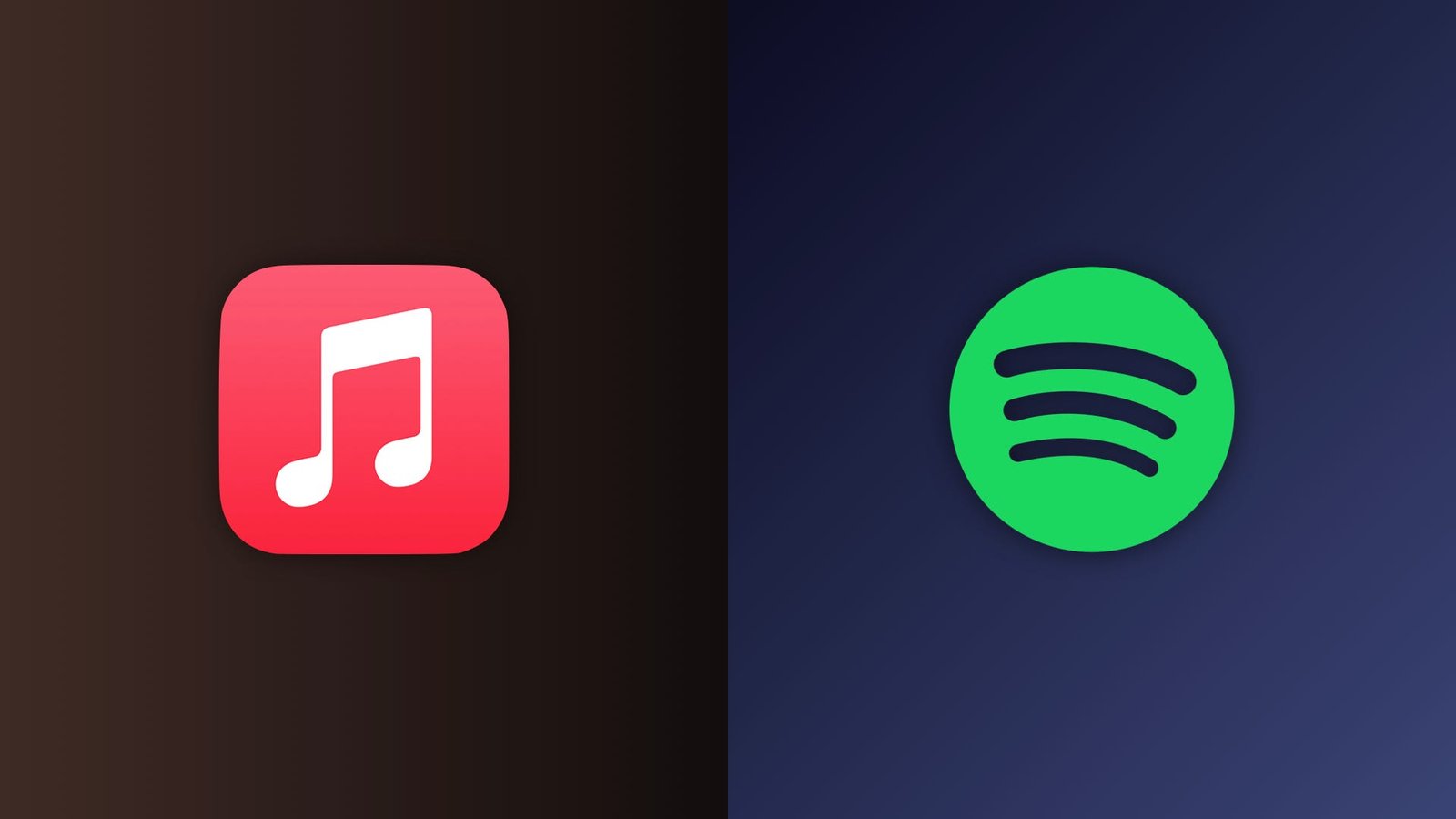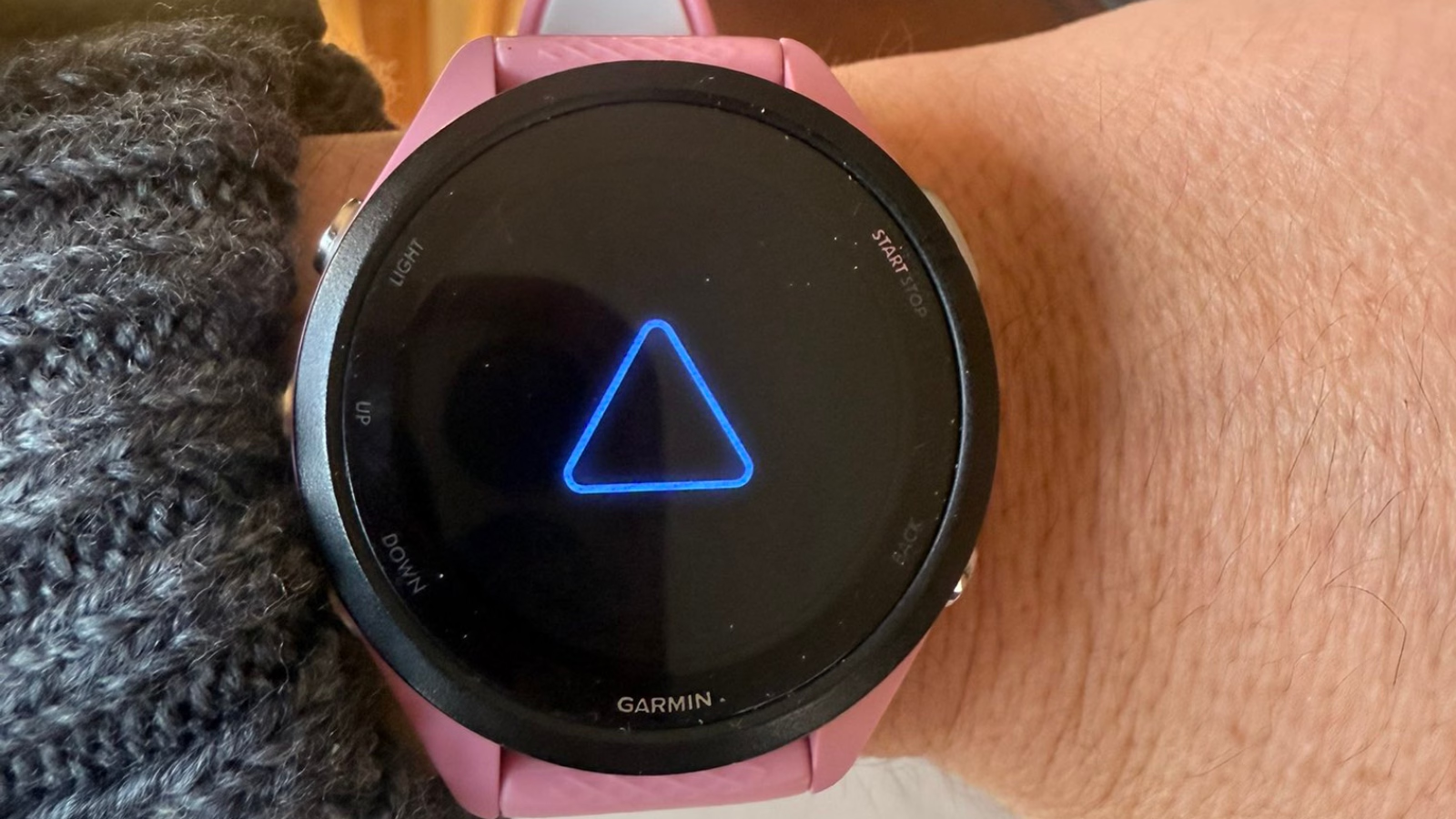Huawei Technologies has made a significant shift in its software strategy by announcing that its upcoming HarmonyOS Next iteration will no longer support Android apps. This move marks a clear break from Android, underlining Huawei’s efforts to develop its independent software ecosystem.
Key Highlights:
- HarmonyOS Next will not support Android apps, moving away from its Android-based roots.
- Huawei plans to release a developer version in Q2 2024, with a full commercial version expected in Q4.
- This shift follows U.S. restrictions that cut off Huawei’s access to Google’s Android support.
- Huawei is focusing on developing native HarmonyOS apps and creating its own app ecosystem.
- The Mate60 series, powered by a domestically developed chipset, marked Huawei’s re-entry into the high-end smartphone market.
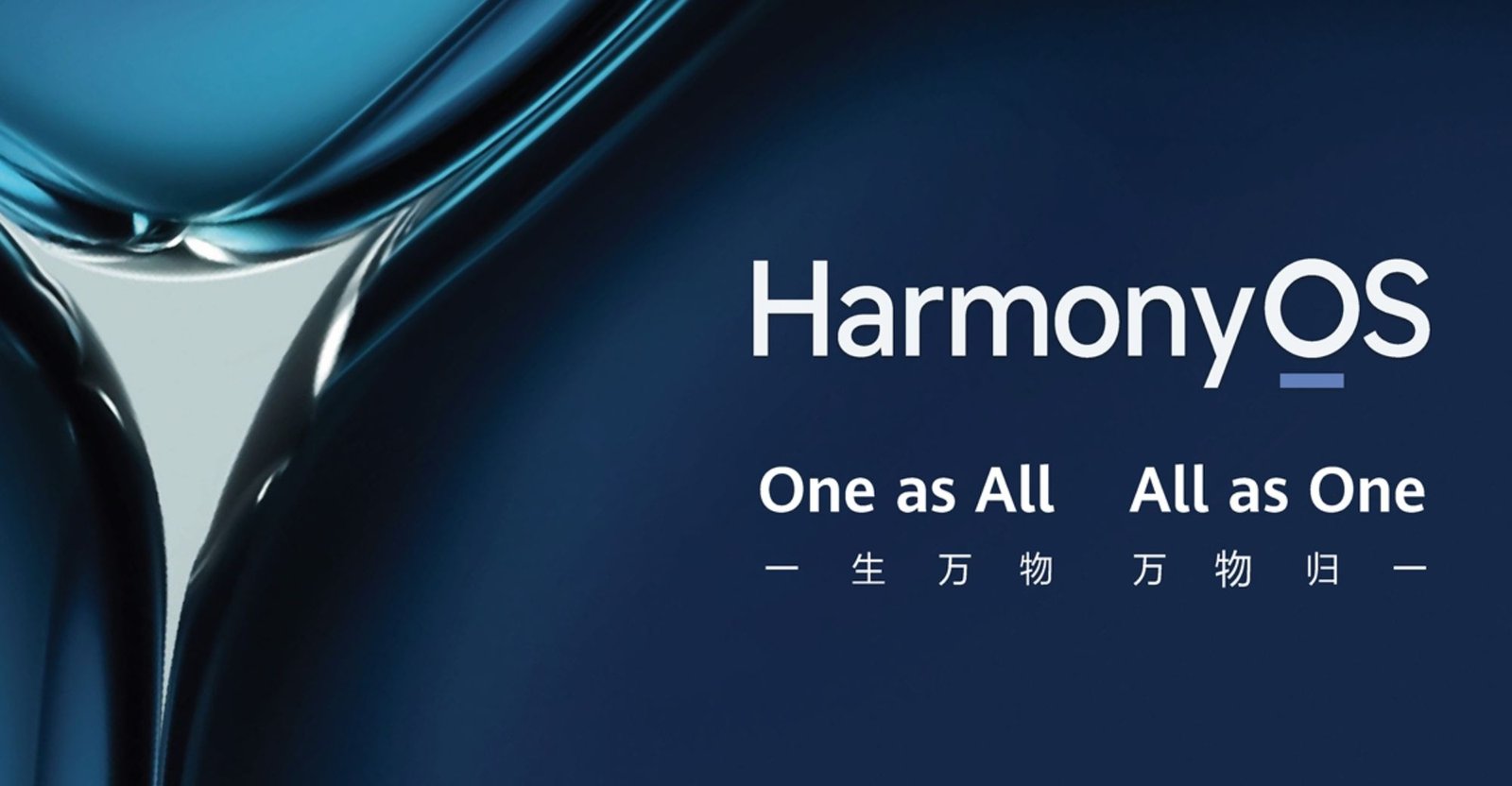
Since its introduction in 2019, Huawei’s Harmony OS has been a testament to the company’s resilience and innovation in the face of international challenges. The latest development, as reported by sources like Datafloq, Inside Telecom, and 9to5Google, is the announcement of HarmonyOS Next, a significant leap that represents Huawei’s full transition away from Android.
The Emergence of HarmonyOS Next
Huawei first revealed Harmony OS amidst U.S. sanctions that severed its ties with Google’s Android, including access to the Play Store and other crucial services. Initially, Harmony OS maintained compatibility with Android apps, a strategic move that allowed Huawei to keep its user base engaged. However, the upcoming HarmonyOS Next marks a decisive step towards complete independence from Android.
Strategic Shift in Huawei’s Software Approach
Huawei’s decision to forgo Android app support is more than just a technical change; it reflects a strategic realignment towards self-reliance in software. With the U.S. ban in place since 2019, Huawei’s position as a leading Android smartphone manufacturer was significantly impacted. The company faced dropping sales and the urgent need to develop alternative app stores and software solutions.
Building a Native Ecosystem
The shift to HarmonyOS Next involves a concerted effort to build a native app ecosystem. Huawei is actively encouraging the development of native HarmonyOS apps, moving away from APK files, the standard format for Android applications. This move is not just about creating a unique platform but also about fostering an ecosystem that can rival the extensive libraries of established players like Google.
Implications for the Global Smartphone Market
This development has broader implications for the global smartphone and tech industry. Huawei’s decision to develop its operating system and native apps is a bold statement of independence and innovation. It challenges the current duopoly of Android and iOS in the mobile OS market and opens up new possibilities for software and app development.
Huawei’s Market Resilience and Growth
Despite the challenges posed by U.S. sanctions, Huawei has shown remarkable resilience. Its recent Mate60 series launch, believed to be powered by a domestically developed chipset, marked the company’s strong comeback in the high-end smartphone segment. Moreover, Huawei expects significant revenue growth in 2023, demonstrating its ability to adapt and thrive in a rapidly changing technological landscape.
Huawei’s HarmonyOS Next represents a pivotal moment in the company’s software strategy, marking its transition from an Android-dependent manufacturer to an independent player in the global tech arena. By developing its operating system and app ecosystem, Huawei is not only adapting to external pressures but also positioning itself as a key innovator in the technology sector.

